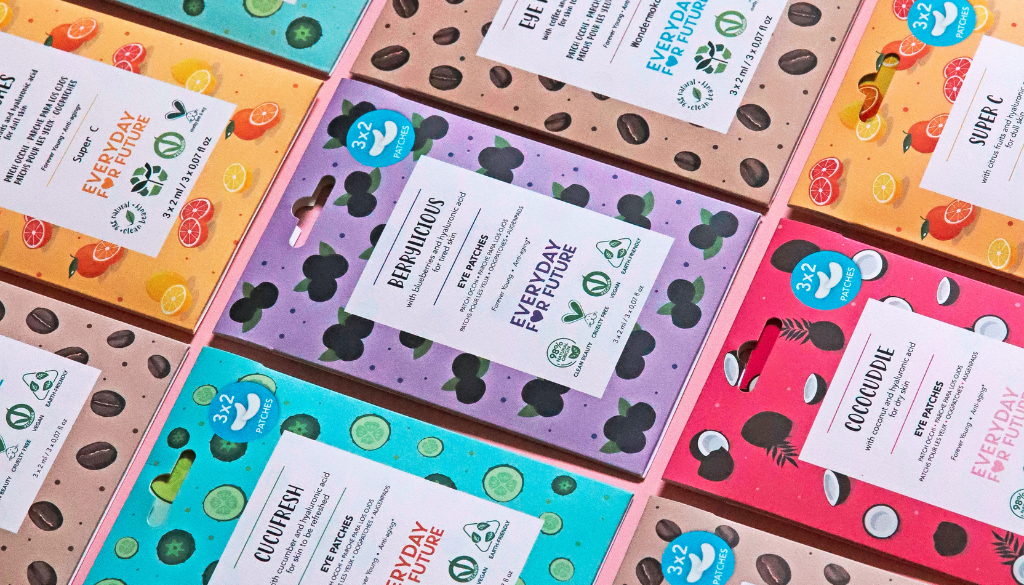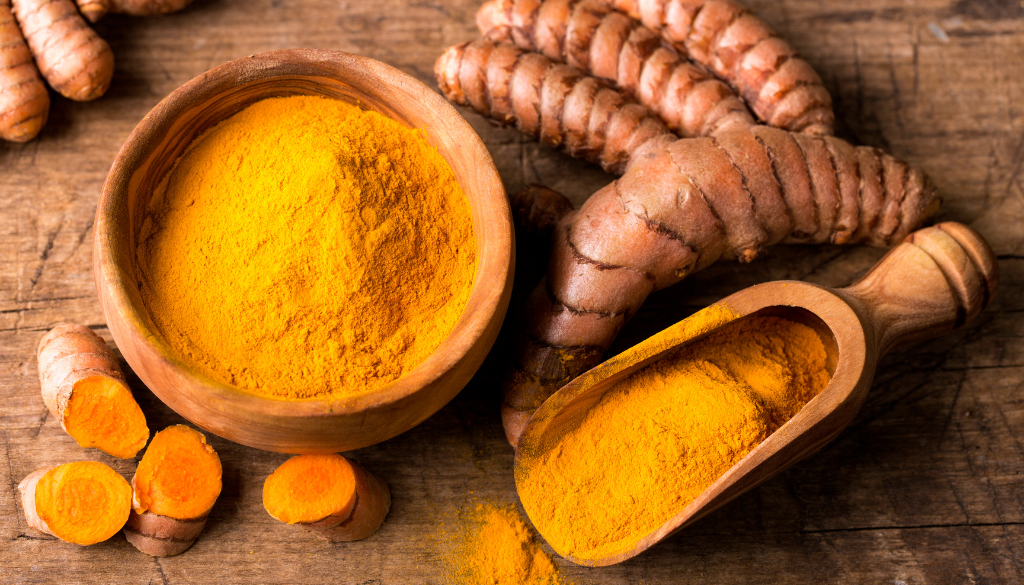
Natural coloring extracts
NATURAL COLORING EXTRACTS
Flowers and plants are a natural source of bioactive compounds that not only have antioxidant, anti-inflammatory and anti-aging properties, but can also be used as natural dyes. For this reason, plant extracts are widely used within cosmetics.
Several natural extracts, although not classified as colorants, give cosmetic formulations a color.
In recent years, numerous studies have analyzed the characteristics and coloring efficacy of various plant extracts.
Among the possible alternatives we find:
- the beetroot extracts which changes color based on the pH of the formulation, around pH 3-5 presents a red-orange color, at pH 6-7 it becomes dark red. However, this ingredient is not very stable in light and heat and disperses well in water, but not in oil
- radish extract, purple sweet potato extract and elderberry extract are much more stable to heat and light and well dispersible in oil
- turmeric extract, thanks to the presence of cur curcumin, imparts a yellow color and is characterized by a powerful antioxidant action.
With the use of dye plant extracts, our make-up not only has a chromatic value, but also a protective one.
The formulas infused with plant extracts rich in polyphenols, flavonoids, minerals and tannins have antioxidant, remineralizing and soothing properties.
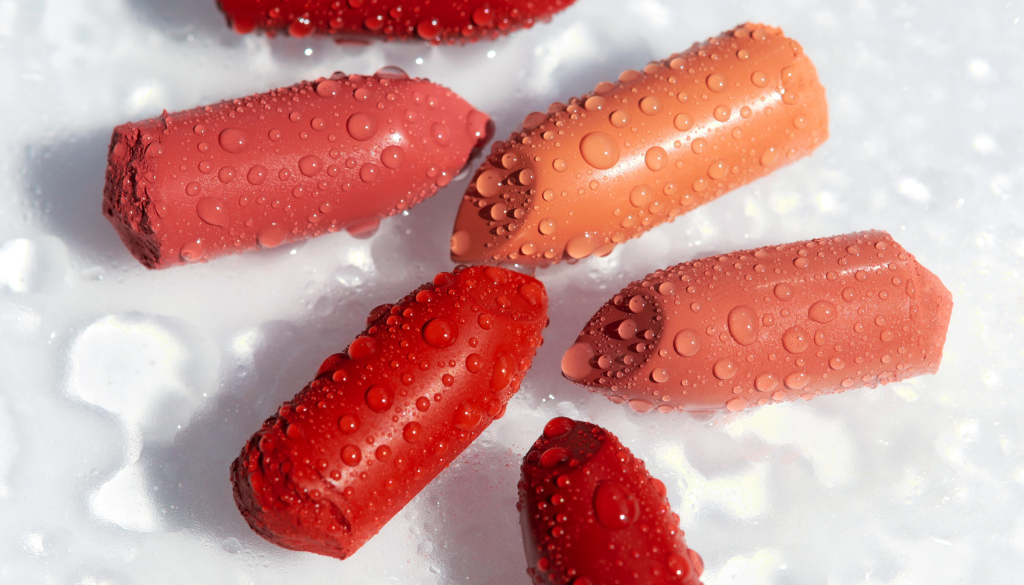
All lip products in the Everyday for Future make-up line contain natural coloring extracts.
We start with the lipsticks, present in six shades, including three nude, a classic red, a dark red and an intense brown.
Inside them we find coconut oil, rich in fatty acids and antioxidants that help nourish and protect the skin of the lips, and argan extract, rich in vitamin E, known for its hydrating and soothing properties.
Lip glosses, on the other hand, real lip treatments with coconut oil, are available in two shades.
In both cases, the formulas they are made of contain more than 99% natural ingredients and the pack is made up of 75% recycled plastic.
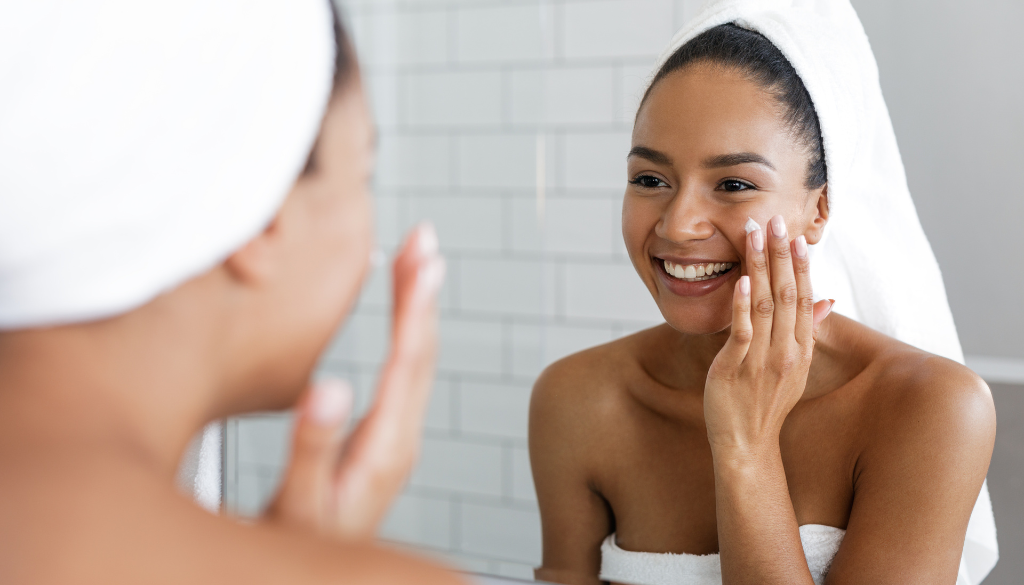
Skin microbiota
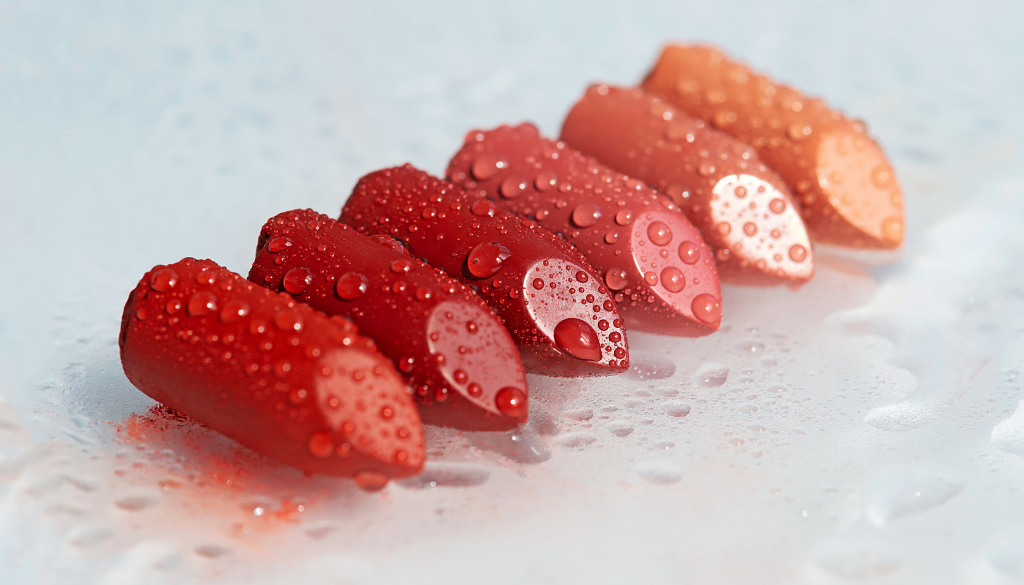
Clean Beauty – Less is more
